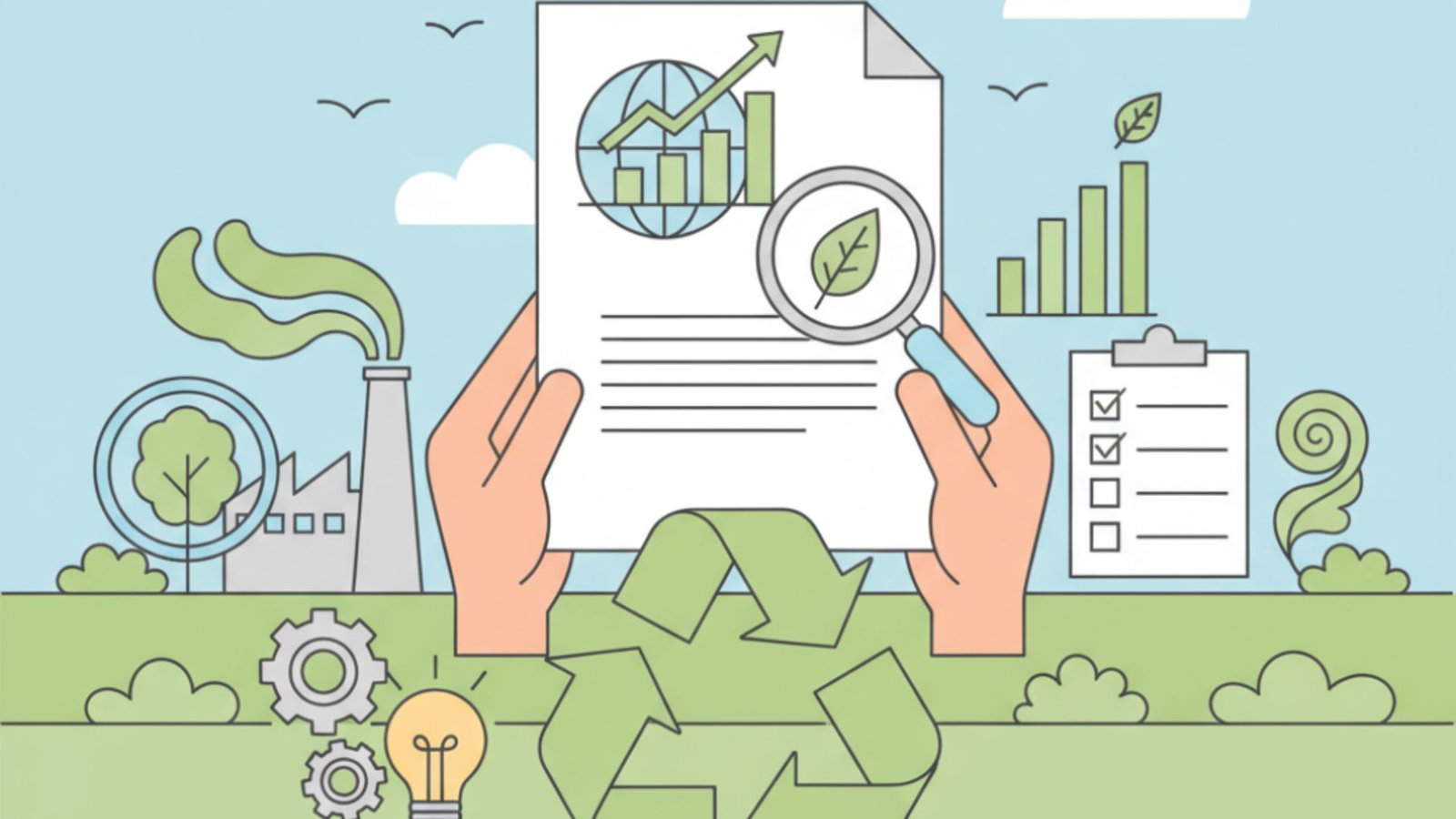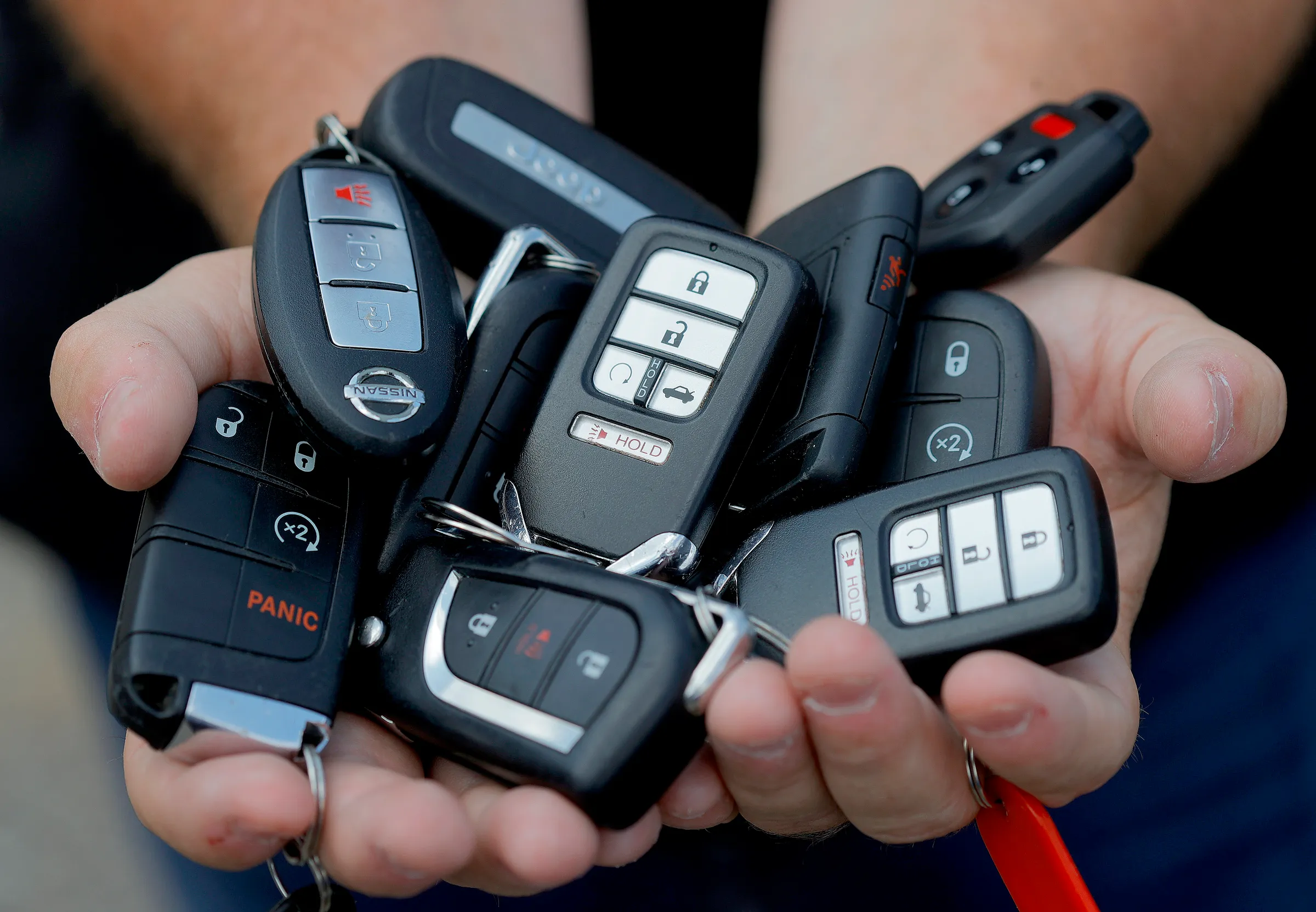Why ISO 14001 Certification Matters for Suppliers
You’re a supplier, hustling to keep environmentally conscious companies happy. You know the pressure—clients demanding sustainability, competitors flashing their green credentials like badges of honor. Enter ISO 14001 certification. It’s not just a fancy certificate to hang on your office wall; it’s a game-changer for your business. But what does it really mean for you, and how do you get there without losing your mind? Let’s break it down, step by step, with a touch of real talk about why this matters and how it can make your life easier.
What’s ISO 14001, Anyway?
ISO 14001 certification is an international standard for environmental management systems (EMS). Think of it as a blueprint for running your business in a way that’s kinder to the planet. It’s not about hugging trees or chanting eco-mantras (though, no judgment if that’s your vibe). It’s about proving to your clients—those big, eco-conscious companies—that you’ve got a solid plan to reduce waste and cut emissions.
Why should you care? Because your clients do. Major corporations or even smaller firms with green ambitions are increasingly demanding suppliers who can show they’re serious about sustainability. ISO 14001 certification is like a universal handshake—it tells them you’re legit. Plus, it’s a chance to streamline your operations, save some cash, and maybe even sleep better knowing you’re doing your part for the planet.
The Emotional Pull of Going Green
Let’s be real: sustainability isn’t just about numbers or compliance. It’s about feeling good about what you do. Ever walk into a client meeting knowing you’re not just selling a product but also a commitment to something bigger? That’s what ISO 14001 certification can do. It’s a signal to your team, your clients, and even yourself that you’re not just chasing profits—you’re building a legacy. And with climate change dominating headlines and customers scrutinizing every supply chain, that’s a powerful place to be.
But here’s the flip side: the process can feel daunting. The paperwork, the audits, the changes to how you’ve always done things—it’s enough to make you wonder if it’s worth it. Spoiler alert: it is. Let me explain why and how you can make it happen without tearing your hair out.
The Nuts and Bolts of ISO 14001
So, what does ISO 14001 certification involve? At its core, it’s about setting up an EMS that helps you identify, manage, and improve your environmental impact. Here’s a quick rundown of what you’re signing up for:
- Pinpoint your environmental impact: Figure out where your business affects the environment—think energy use, waste, or emissions from your delivery trucks.
- Set clear goals: Decide how you’ll reduce that impact, like cutting water usage or switching to renewable energy.
- Create a plan: Map out how you’ll hit those goals, with specific steps and timelines.
- Track and measure: Keep tabs on your progress with regular check-ins and data.
- Get audited: An external auditor will check your EMS to make sure it meets ISO 14001 standards.
Sounds simple, right? Well, it’s not rocket science, but it does take effort. The good news? Once you’ve got the system in place, it’s like riding a bike—smooth sailing as long as you keep pedaling.
Why Suppliers Can’t Afford to Skip This
Here’s the thing: skipping ISO 14001 certification could mean missing out on big contracts. Imagine losing a deal with a major retailer because they’re only working with certified suppliers. Ouch. Sustainability isn’t a nice-to-have; it’s a must. Companies are under pressure from consumers and investors to green up their supply chains. If you’re not on board, you’re not just behind—you’re out of the game.
But it’s not all doom and gloom. Getting certified can open doors. It’s like a VIP pass to bigger, better clients who value sustainability. Plus, it forces you to look at your operations with fresh eyes. You might find ways to cut costs—like reducing energy waste or negotiating better deals with eco-friendly vendors. Who doesn’t love a win-win?
The Journey to Certification: Your Roadmap
Ready to take the plunge? Here’s how to get certified without losing your sanity. Think of it as a road trip—there’s a destination, but the journey’s where the magic happens.
Step 1: Get Buy-In from the Top
You can’t do this alone. Your leadership team needs to be all in. Why? Because achieving ISO 14001 certification isn’t just a checklist; it’s a cultural shift. Your CEO or manager needs to champion the cause, whether it’s allocating budget for training or rallying the team around sustainability goals. Pro tip: frame it as a business opportunity, not a chore. Show them how certification can win clients and boost efficiency.
Step 2: Assess Where You Stand
Take a hard look at your current operations. Where are you wasting resources? Are your emissions higher than they should be? This is called a gap analysis, and it’s like holding a mirror up to your business. Tools like online carbon footprint calculators can help you get a baseline. Be honest—nobody’s perfect, and that’s okay.
Step 3: Build Your EMS
Now, it’s time to create your environmental management system. This is the heart of ISO 14001. You’ll need to:
Write an environmental policy (a short, clear statement of your commitment to sustainability).
Set measurable goals (e.g., “Reduce paper waste”).
Assign roles and responsibilities (who’s in charge of what?).
Document everything (yes, it’s a pain, but it’s worth it).
If paperwork makes your eyes glaze over, consider hiring a consultant who specializes in ISO 14001. They can guide you through the process and save you time.
Step 4: Train Your Team
Your employees are your biggest asset here. Train them on the new processes, whether it’s recycling protocols or energy-saving habits. Make it fun—host a “green day” or gamify waste reduction with rewards. People are more likely to stick with changes if they feel involved and inspired.
Step 5: Test and Tweak
Before the big audit, do a dry run. Conduct an internal audit to spot any weak points in your EMS. Maybe your waste tracking isn’t as tight as you thought, or your team needs a refresher on procedures. Fix these issues now, so you’re not scrambling when the auditor shows up.
Step 6: Face the Audit
The certification audit is a two-stage process. First, the auditor reviews your documentation. Then, they visit your site to see your EMS in action. It’s nerve-wracking, sure, but think of it like a final exam—you’ve studied, you’re prepared, and you’ve got this. If you pass, you’re certified (with periodic check-ins to keep you on track).
The Payoff: More Than Just a Certificate
So, you’ve got the certificate. Now what? For starters, you’re in a prime position to pitch to eco-conscious clients. Major retailers and brands love suppliers who walk the talk. Plus, your EMS will likely save you money—less waste means lower costs. And let’s not forget the feel-good factor. Knowing your business is part of the solution, not the problem, is a morale booster for you and your team.
A Quick Detour: The Bigger Picture
Here’s a thought: ISO 14001 isn’t just about your business. It’s about the world we’re leaving behind. With environmental challenges mounting, every step toward sustainability counts. As a supplier, you’re part of a massive supply chain that can either harm or heal the planet. Isn’t it kind of empowering to know you’re choosing the latter?
Wrapping It Up: Your Next Steps
ISO 14001 certification isn’t just a box to check; it’s a chance to future-proof your business. It’s about showing your clients you’re serious, saving money, and maybe even making the world a little better. Start small—do a gap analysis, talk to your team, and take it one step at a time. You don’t need to be perfect; you just need to be committed.
So, what’s stopping you? The road to certification might seem long, but it’s a path worth taking. Grab a coffee, rally your team, and start mapping out your EMS today. Your clients, your wallet, and the planet will thank you.




Leave a Reply